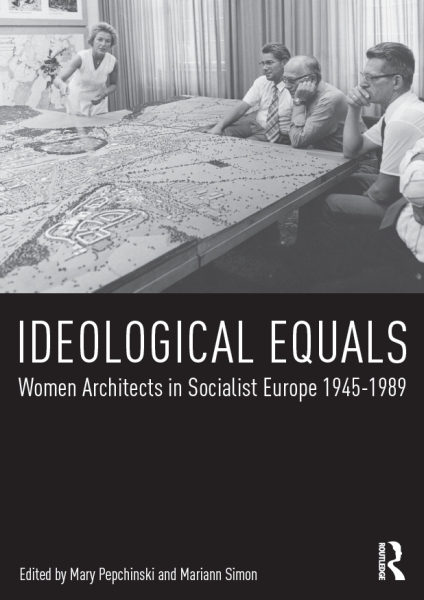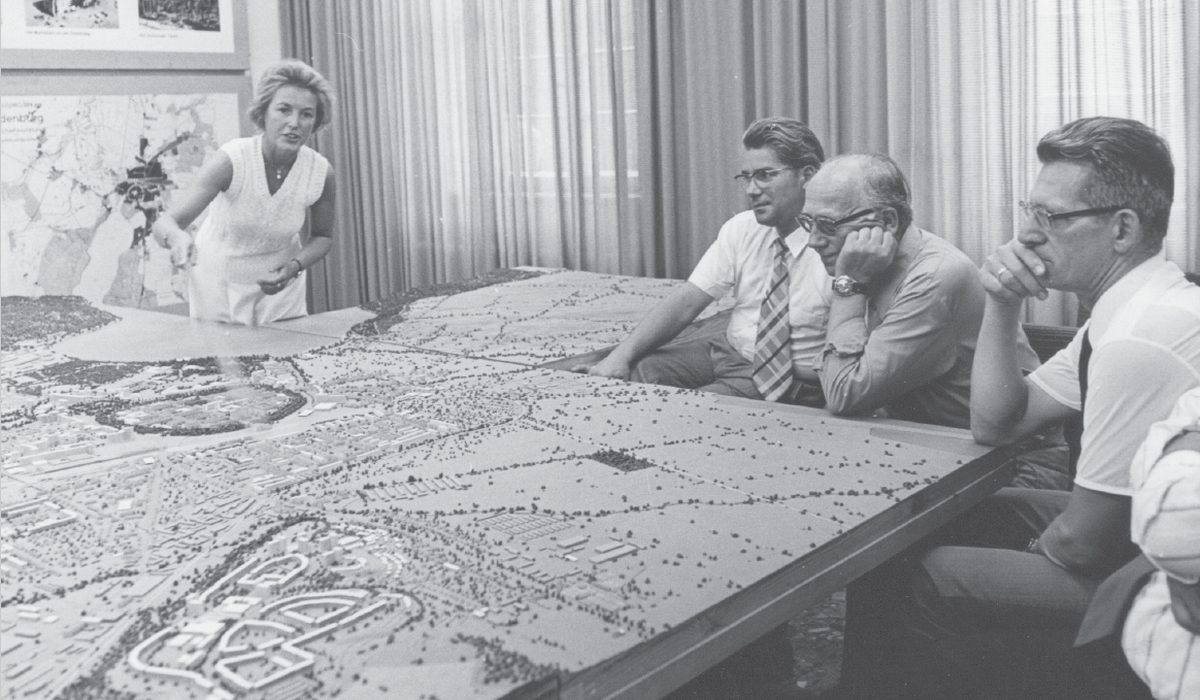Women Architects in the Socialist Era (1945ŌĆō1989)
On a newly published collection of English-language essays
Text: B├®la Ker├®kgy├Īrt├│
How did they find their places and what was the role of women who were active as architects in the countries of the Socialist block? Was there any essential difference between West and East Europe in this regard? Edited by Mariann Simon and Mary Pepchinski, the volume recently published by Routledge publishing company focuses on these issues. As they mention in the preface to the publication, these essays do not approach the topic from the difference featuring gender discourses as such: they focus on the concept of equality instead. This is perfectly justified as the principle of equality also supported by the ideology and institutions was what the countries of the eastern block had in common: it also defined the role and situation of women, and amongst them, those of architects. In the light of a dozen of essays, this selection is targeted to highlight on this topic which has rarely been focussed on before besides providing a comprehensive survey of the issues it involves and phrasing further questions and dilemmas for future research into this field. The editors had originally organised a section for the conference of EAHN (European Architectural History Network within the framework of which five lectures were delivered. In the wake of their success, an English publishing company took interest in the topic. Compared to the original concept, editors significantly extended the contents and included a total of 12 essays which the authors wrote for this very purpose. (Or if we add the editorial conclusion chapter, their number adds up to 13). The essays themselves show differences owing to the variety of attitudes of the individual countries, the present stages of research work, and simply the individual characteristics of their authors. However, editors defined a framework for all of them to integrate the tendencies they represent, which resulted in a versatile and comprehensive approach to the topic.

